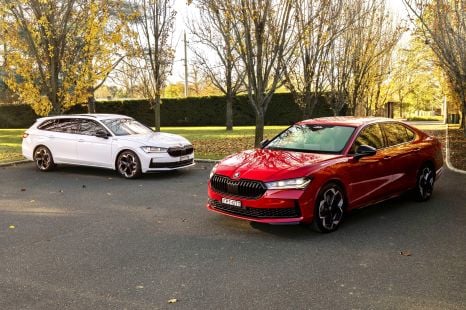

Max Davies
2025 Skoda Superb Sportline review
1 Month Ago

Publisher
Although electric vehicles (EVs) now make up around 10 per cent of all new car sales in Australia, many first-time buyers or those interested in an EV find switching from an internal combustion engine to an EV a little daunting.
Below, we explain some of the best charging practices for electric vehicles.
EVs support two types of charging, AC (Alternating Current) and DC (Direct Current) charging. Understanding the difference helps you choose the right charger for the situation.
Regularly using DC fast-charging is convenient, especially on road trips, but excessive reliance on ultra-fast charging can contribute to long-term battery degradation. A good balance of slower home charging and occasional fast-charging is ideal.
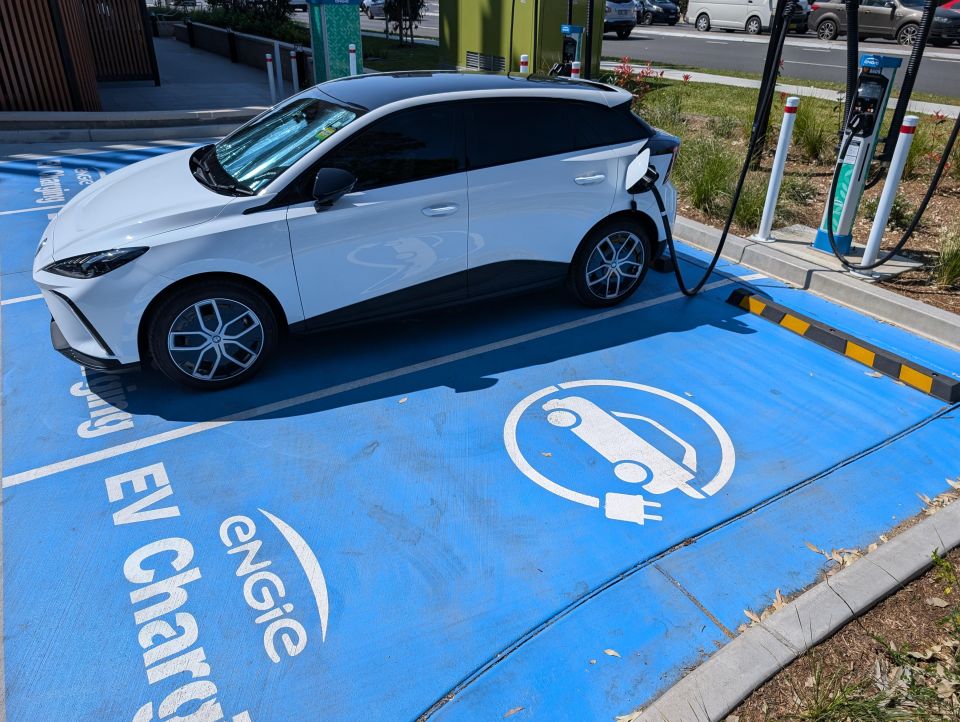
If you have the garage space and power requirements, installing an AC charger in your house is the best way to live with an EV. This allows you to charge at home when convenient, and with affordable EV’s like the MG 4 offering 450km of range it will be unlikely that you will ever need to use a public charger outside of interstate travel.
The Type 2 AC connecter is standard across modern EVs, and many manufacturers offer a home wall connecter as part of your EV purchase, often at additional cost. Units range from about $750 for the universally compatible Tesla’s third-generation wall connector to the MG charge hub at around $1299. Installation can range from around $1000 to $2000 depending on power requirements and distance of the charging unit from the electric circuitry.
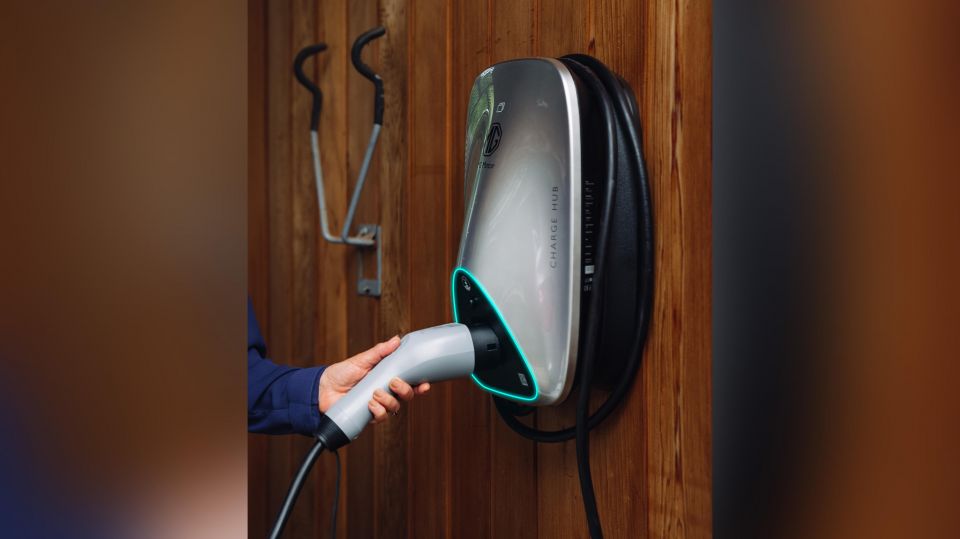
The price disparity is centred around additional functionality offered by the more expensive chargers, such as the ability to connect to your electricity provider and start charging when electricity costs drop below certain points.
Most EVs also come with a portable charging cable that can recharge the vehicle at speeds of around 2.4kW from any standard wall socket, which is ideal in emergencies or if installing a faster AC charger at home is not an option.
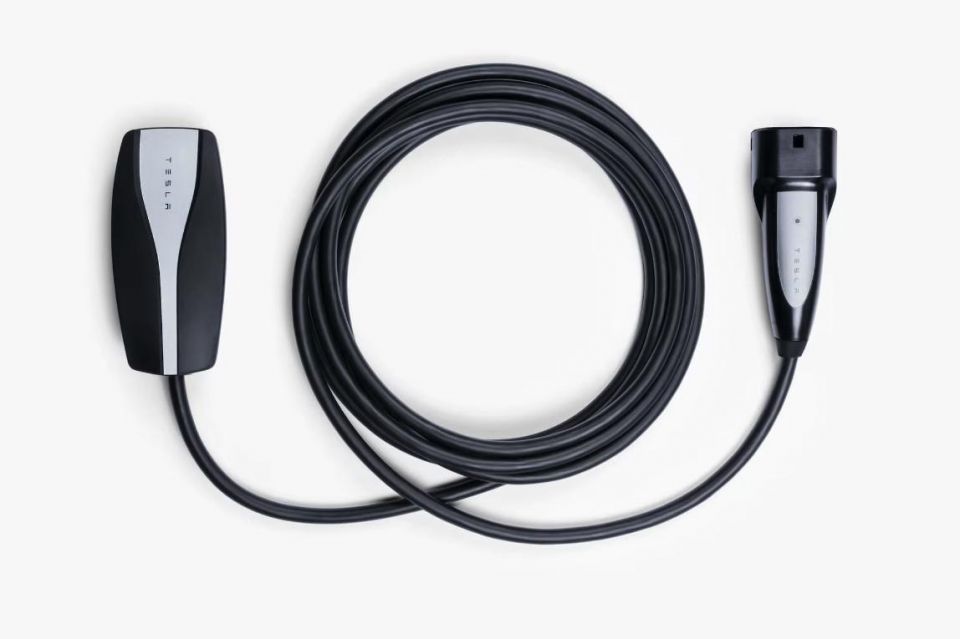
For those that travel less than 100km a day, using a standard power point for charging at home overnight is a viable option, however, we do recommend budgeting for a proper wall-mounted charging unit.
One of the most crucial best practices for EV battery longevity is to avoid keeping the battery at 100 per cent charge for extended periods. Lithium-ion batteries, which power most EVs, including popular models like the Tesla Model Y, Model 3, and MG 4, degrade faster when held at high charges.
Most EVs have built-in software to help manage battery health, including the ability to set a maximum charge limit in the vehicle’s infotainment system – a helpful feature for preserving long-term battery performance.
Unlike petrol cars that are often filled when nearly empty, EVs are best charged when not close to empty. In fact, regularly letting the battery drop below 10 per cent can cause unnecessary stress on the battery cells. It’s better to top up opportunistically, especially if you have access to low-cost charging at home, at work, or at shopping centres.

The best practice would be to plug in when the battery is around 20-30per cent and unplug at 80 per cent for the best balance of convenience and battery care. With the MG 4’s range, you won’t need to charge daily, but establishing a regular habit keeps the battery in its optimal range.
Some vehicles will charge at 22kW on AC, while the majority will do it at between 7-11kW. If you don’t have three-phase power, using a single-phase charger at 7kW will easily recharge a base Tesla Model 3’s 60kW battery from dead to 100 per cent in 8.5 hours while the MG 4’s 64kW battery will take about 9 hours.
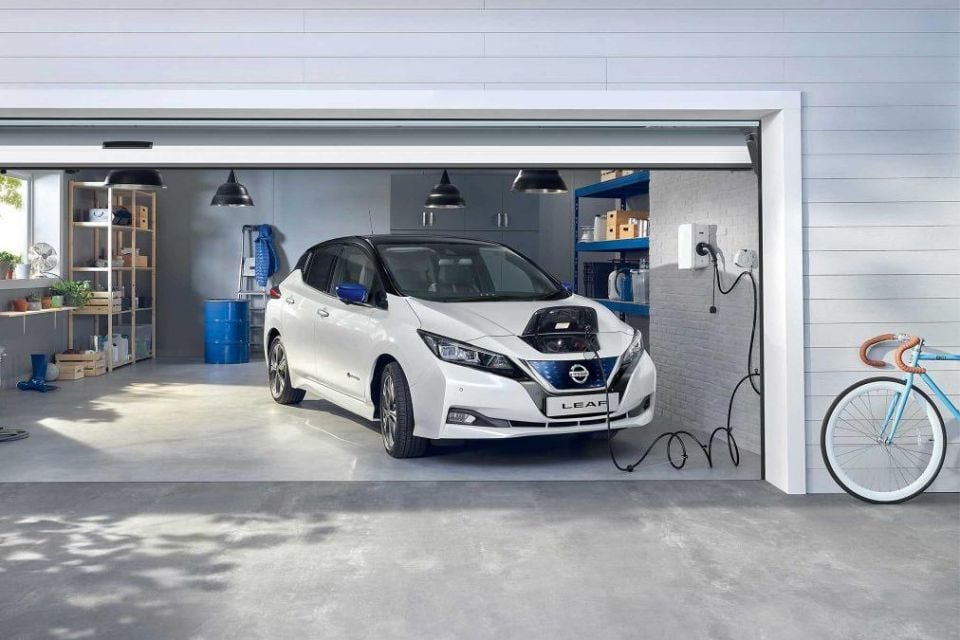
Slower charging reduces heat build-up, which is a known contributor to battery degradation. At home, this isn’t just better for your battery – it’s also more cost-effective, especially if you can charge using off-peak electricity rates.
Whether you schedule your charger or the vehicle itself, charging management systems allows you to schedule charging times, which is perfect for aligning with off-peak tariffs if your electricity provider offers them. Many states in Australia, including Victoria and New South Wales, have introduced EV-specific tariffs that provide cheaper electricity during overnight hours.

As an example, if you typically arrive home at 6:00pm but off-peak rates don’t kick in until 11:00pm, you can set your EV to delay charging until those lower rates apply – saving money while protecting the battery from unnecessary charging cycles.
EV batteries perform best within a certain temperature range – usually between 15 to 30 degrees Celsius. Extreme heat or cold can accelerate battery wear and reduce charging efficiency.
Given Australia’s hot climate, parking in the shade or a garage, especially during summer, helps protect your EV’s battery from excessive heat exposure. When fast-charging in hot weather, the car’s thermal management system will work harder to cool the battery – but it’s still better to avoid charging in extreme heat where possible.
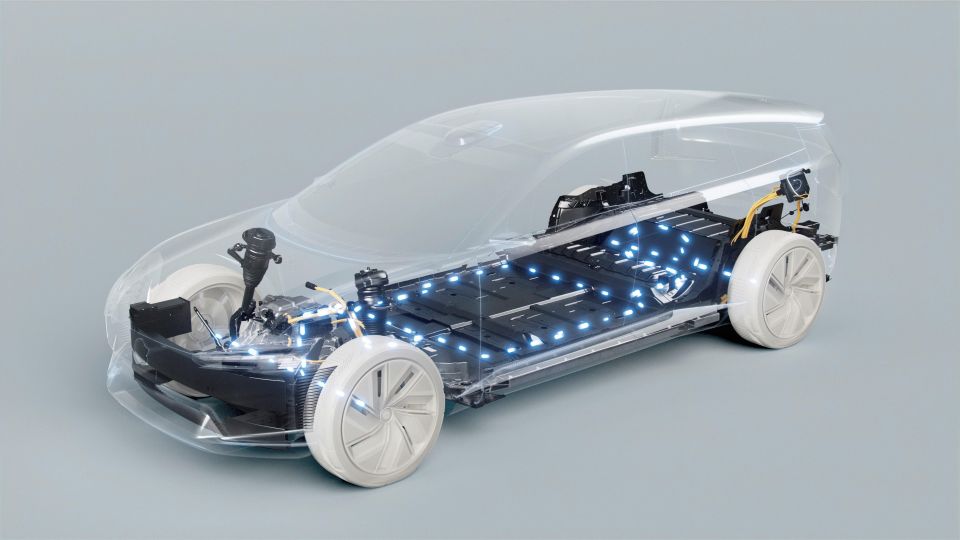
Whether its Tesla, MG or any other EV brand, most manufacturers regularly releases over-the-air software updates, some of which improve battery management algorithms and charging efficiency. Keeping your EV’s software up to date ensures you benefit from the latest improvements.
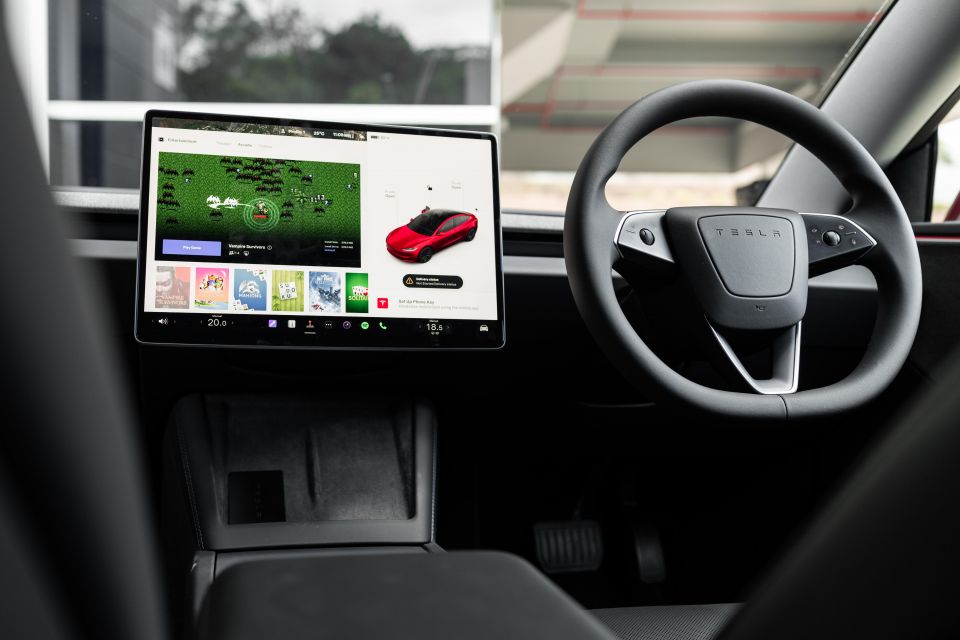
Tesla lead the innovation on pre-conditioing mode for your battery and while some European manufacturers don’t offer that capability, the likes of MG, BYD and Chery features battery pre-conditioning, which warms or cools the battery before charging to optimise charging speeds and reduce wear, especially in colder climates.
While not strictly related to charging, regenerative braking helps extend your EV’s range by recovering energy during braking. Many EVs allow you to adjust the level of regen through the infotainment system, letting you choose from gentle to more aggressive regeneration.

Although most EVs are capable of at least 400km of driving range – making the weekly charge at home a very convenient option – owners need to plan long road trips more diligently. Planning charging stops ahead of time can avoid unnecessary stress. Apps like PlugShare or Chargefox help locate compatible chargers, check availability, and see real-time pricing.

When planning trips, aim for charging stops before reaching 10 per cent battery. This provides a buffer in case of charger issues or detours, keeping your road trip smooth and stress-free.
There are now plenty of great EV options in the market, ranging from the popular Tesla Model 3 and Model Y to the super affordable and 10-year warranted MG 4. There is even the $1,000,000 Rolls Royce Spectre.
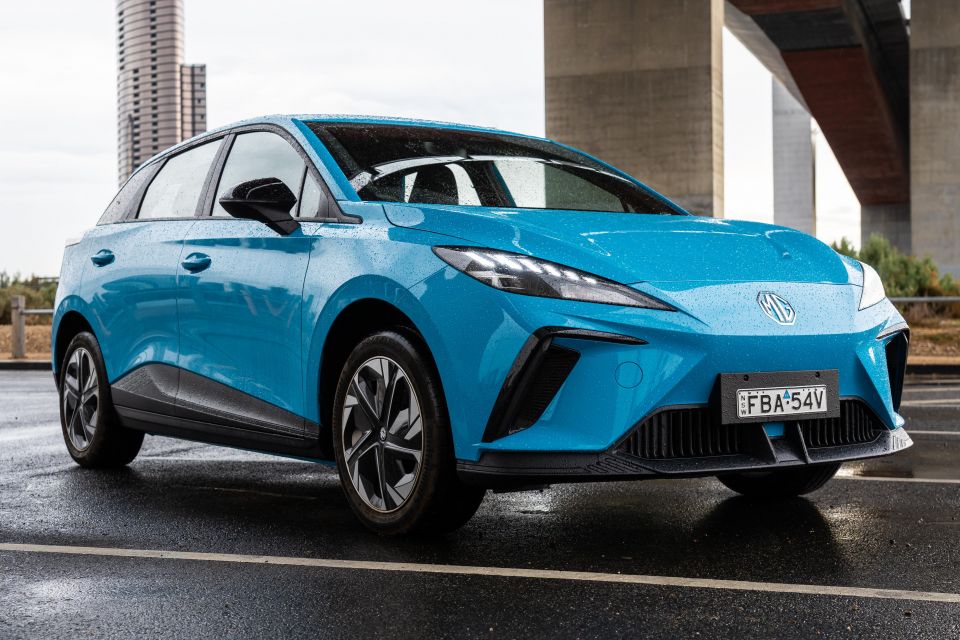
From choosing the right charger and managing charging speed to balancing state of charge and taking advantage of scheduled charging, these best practices help ensure your EV remains reliable, efficient, and ready for the road – whether commuting, road tripping, or just heading down to the local shops.
With Australia’s public charging network expanding and home charging becoming easier than ever, adopting these habits now will set up EV owners – and their vehicles – for long-term success.
CarExpert helps new car buyers save thousands with expert reviews, honest advice, and transparent pricing – no dealer pressure and no sales games.
Alborz is the founder of CarAdvice (sold to Nine and now Drive) and co-founder of CarExpert. He is an honourary adjunct professor & entrepreneur in residence at the University of QLD. He loves naturally-aspirated V8s, V10s and V12s and is in denial about the impending death of the internal combustion engine. The best way to reach him is via Instagram.


Max Davies
1 Month Ago
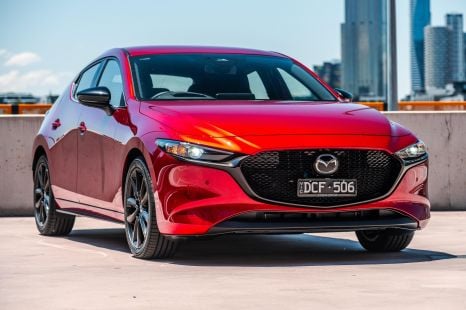

Josh Nevett
1 Month Ago
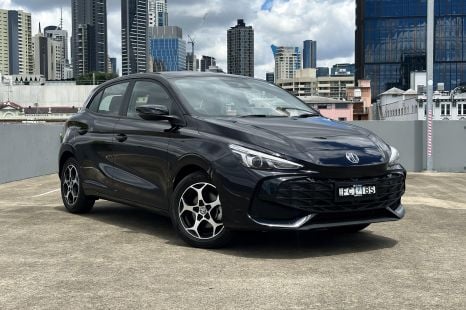

William Stopford
1 Month Ago
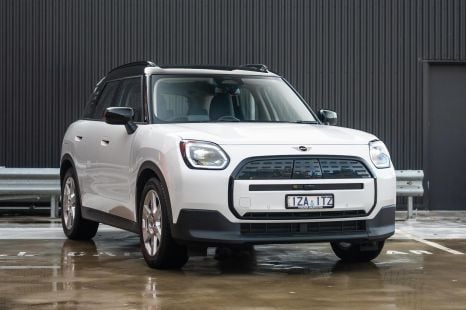

Josh Nevett
20 Days Ago
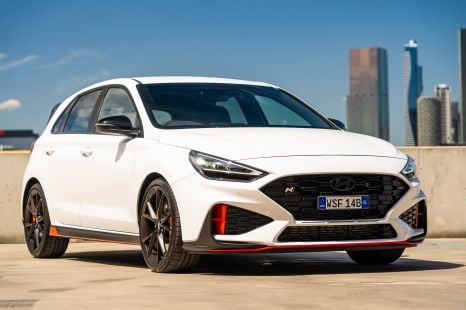

Josh Nevett
19 Days Ago
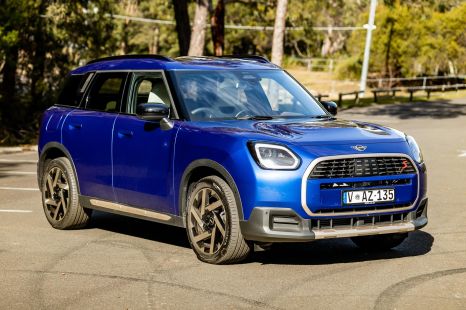

Matt Campbell
12 Days Ago